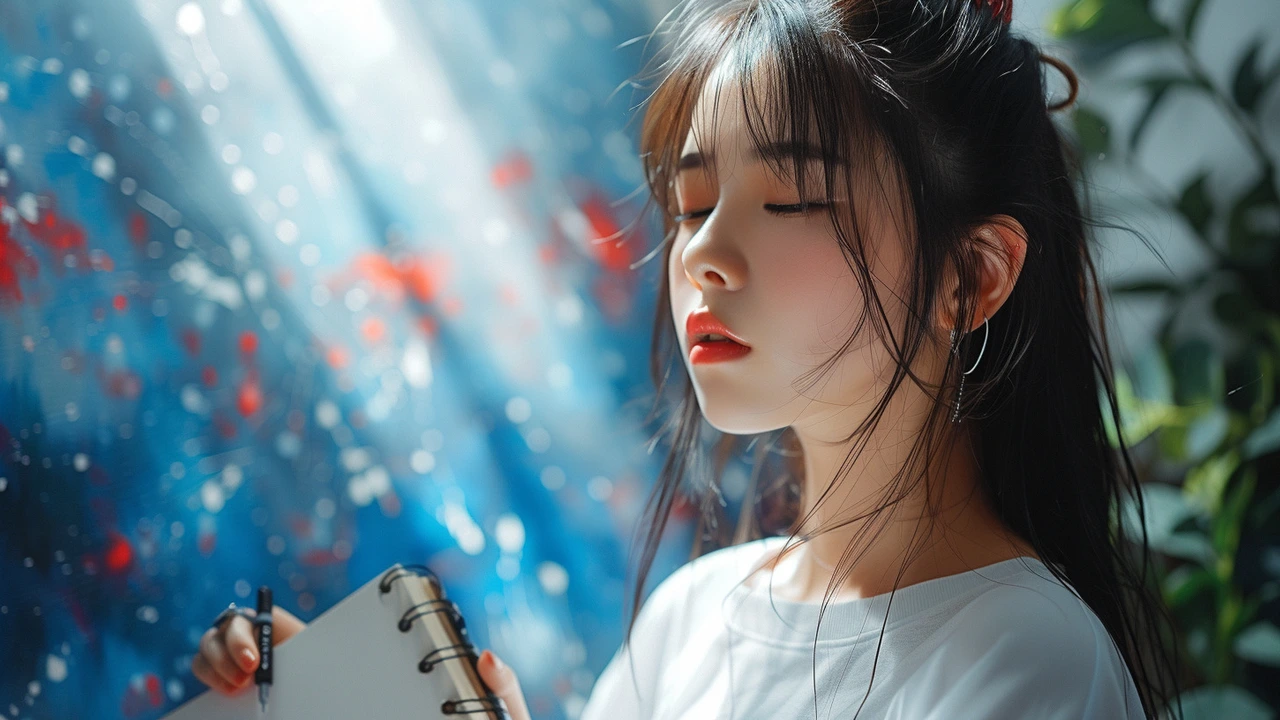Unique Charm: How to Spot and Use What Makes Art Memorable
Ever leave a gallery thinking about one piece more than the rest? That lingering pull is unique charm. It’s not a single trick but a mix of choices—color, scale, story, or technique—that make an artwork stick. Here you’ll get concrete ways to notice and create that spark without fuss.
Start with the obvious: contrast. Contrast can be visual—dark next to light, glossy against matte—or conceptual, like a delicate subject painted with aggressive brushstrokes. Photorealism charms by fooling your eye with detail. Baroque grabs attention with dramatic light and motion. Bauhaus appeals through spare shapes and honest materials. Each gives a different kind of charm because they play different contrast games.
What Creates Unique Charm?
Texture and material matter. Artists who add found objects, sand, or layered fabric give their work a tactile life you can’t get in photos. Scale shifts perception too: a tiny, jewel-like drawing invites close focus; a huge installation forces a physical response. Then there’s context—where an artwork sits. A modern sculpture in an old square or a ukiyo-e pattern used in tattoo art suddenly reads new because it breaks expectations.
Surprise is huge. When a piece borrows from two movements—say, installation techniques with a classical palette—it feels fresh. Movements like Fluxus or Avant‑Garde intentionally mix media and playfulness to unsettle norms, and that surprising edge often becomes the charm people remember. Even storytelling adds weight: knowing the maker’s process or a work’s origin builds emotional pull.
How to Spot and Use It
If you’re decorating, pick one intent per room. Want calm? Choose muted tones and simple forms. Want energy? Use bold color, unexpected scale, or a statement texture. Try mixing periods—pair a Baroque frame with a minimalist print or hang a photorealistic piece above raw, industrial furniture. That clash creates focus and personality.
Artists: embrace constraints. Limit your palette or tools for a while and watch distinct choices emerge. Use repetition with variation—repeat a motif but change scale or material each time. Those small choices add up and become your signature.
Collectors and visitors: trust first impressions but look deeper. Ask where the work was made, what materials were used, and what the artist wanted to change. Often the charm lives in those details. Explore related posts on Paul Artistry—photorealism, installation art, Bauhaus, the Harlem Renaissance—to see real examples of how charm shows up across styles.
Try a quick experiment: swap one piece in a room for something that breaks the pattern—new texture, size, or color. Notice how the space reads differently. That tiny test is the fastest way to see unique charm at work and to decide what you want more of in your life or collection.

